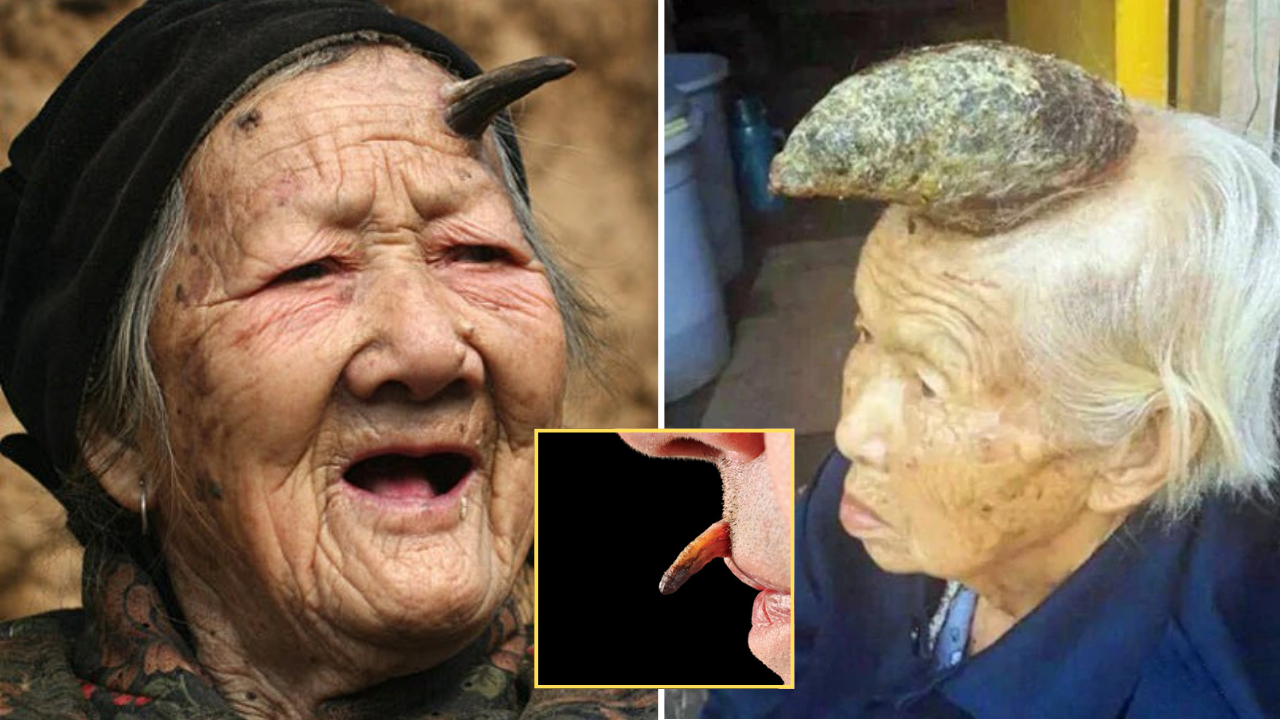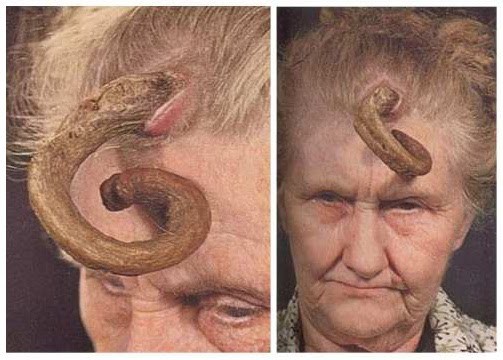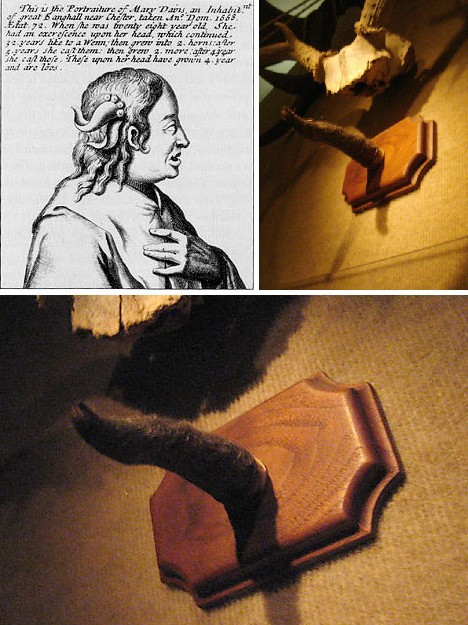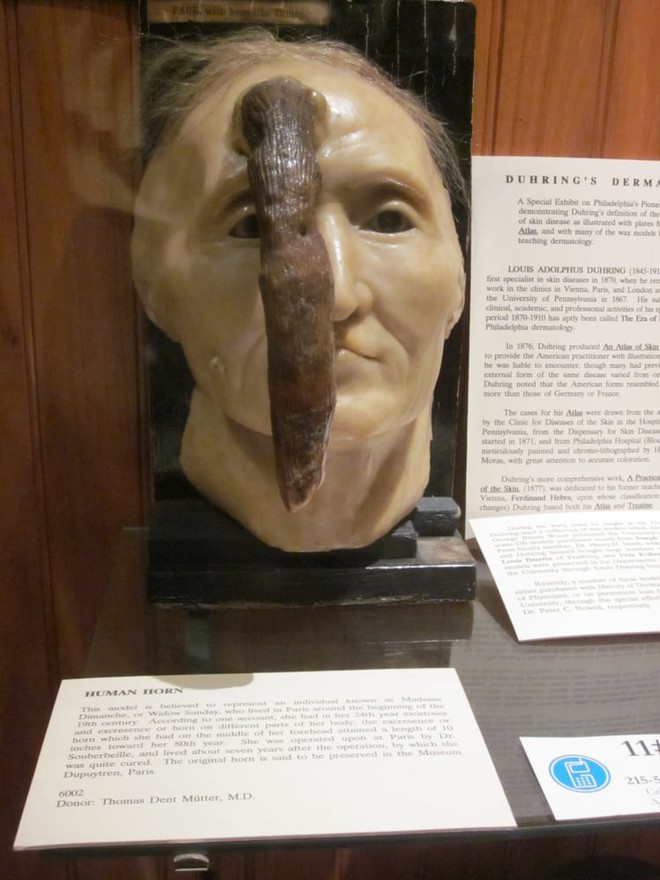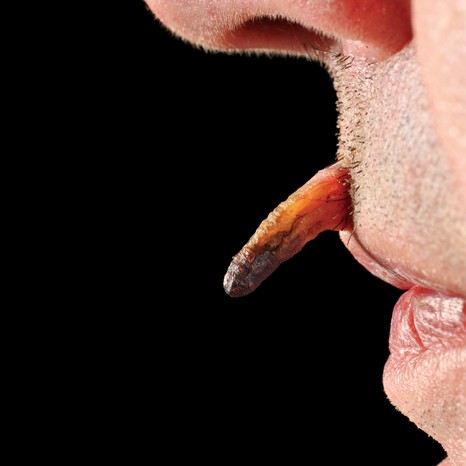The most unique woman on the planet has a horn that grows like a unicorn
Myths often feature mythical creatures with horns growing from their heads. Although no one has yet proven their existence, scientists have at least discovered a strange disease that causes humans and animals to grow horns.
- Feeling like your whole body is crawling with insects: the strange disease that is making nearly a hundred thousand people suffer every day
- Symbolizing purity, the unicorn horn is used to test food for poisoning and the sad story behind it
- Never-before-seen sight of the mysterious, strangest “one-horned” sea monster in the ocean
In the history of medicine, there have been many cases of people growing extremely strange horns. These horns look very hard but in fact they are made of keratin just like hair or nails, so scientists call them cutaneous horns.
Normally, cutaneous horns grow from the head or ears of mammals that do not have horns. However, according to research, cutaneous horns are more common in humans than in animals.
Ms. Zhang Ruifang and her “devil” horn.
Keratosis pilaris is a type of skin tumor that occurs when excessive keratin builds up and then forms a horn that protrudes through the skin.
Unlike other tumors, cutaneous keratomas have a very distinctive shape, identical to the horns of animals, and thus the unique name of this disease.
An anonymous woman with curved horns like a sheep’s.
The oldest recorded case of horns was Mary Davis, who lived in Saughall, Cheshire, England in the 17th century and had four horns. One of Mary’s horns is now on display at the Museum of Jurassic Technology in Culver City, California, USA.
Mary Davis’s horn is still on display in the museum.
Another case of the person with the longest horn was a 19th century Parisian woman, Madame Dimanche.
According to records, the horn began to appear in the middle of Mrs. Dimanche’s head when she was 76 years old and continued to grow longer.
Madame Dimache is known for having the longest horn.
Initially, doctors said the horn was not a dangerous condition and refused to remove it. However, over time, the horn continued to grow, affecting the patient’s life. Finally, Ms. Dimanche had the horn removed, by which time it had grown to over 25cm long, dangling right in front of her face. Currently, Ms. Dimanche’s wax model is on display at the Mutter Museum in Philadelphia.
An old woman in China has a horn growing on the top of her head like a unicorn.
Scientists still do not understand why cutaneous keratosis appears. However, horns usually grow on areas of the skin that are exposed to a lot of light such as the face, neck, ears, back of the hands, top of the head, etc. Therefore, many hypotheses suggest that solar radiation may be what stimulates the disease to develop.
Another old man in China has horns growing on his neck.
It is also thought that the human papillomavirus (HPV) may be involved, as there is a form of the virus in humans that causes thick, bark-like growths on the hands and feet, similar to keratoderma.
Radiation from the sun can be a cause of keratosis pilaris.
About 20% of cutaneous horns can be a sign of a potentially dangerous skin disease such as carcinoma. Most of these horns are not a cause for concern except that they are unsightly. Patients with cutaneous horns can have them removed with a fairly simple surgery.
Although many hypotheses have been put forward by scientists, until now, they still cannot have an exact explanation for the strange phenomenon of horn growth in humans.
